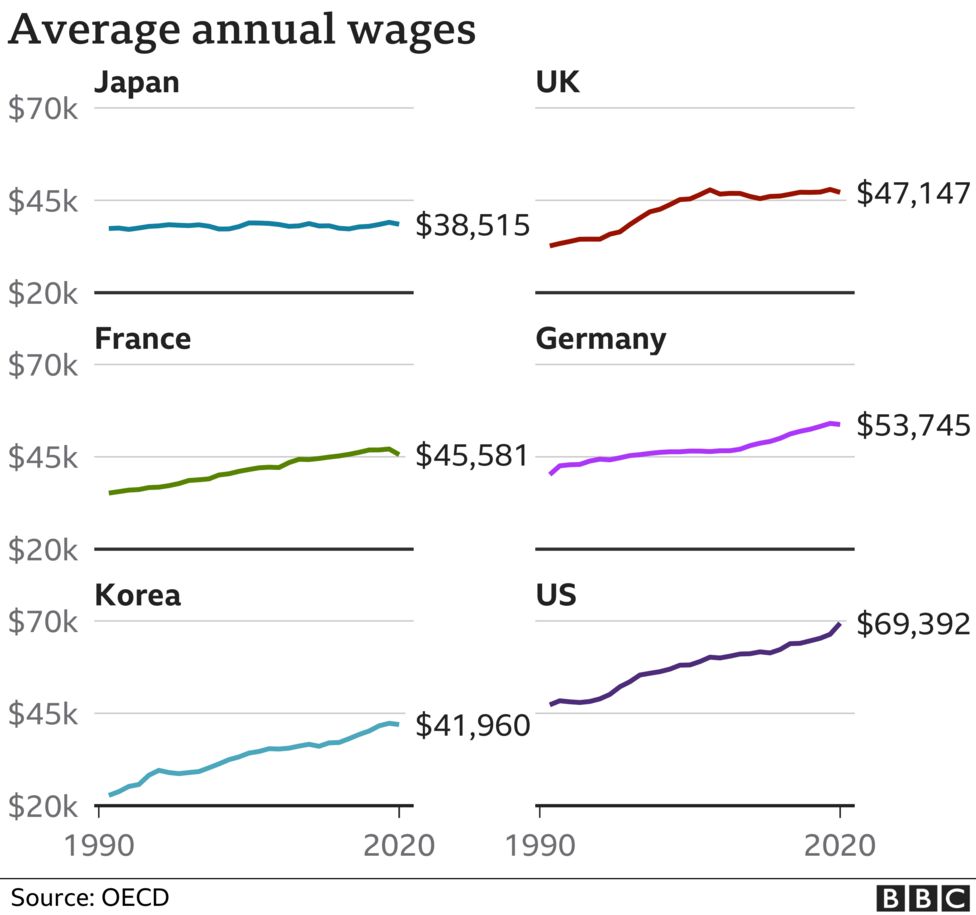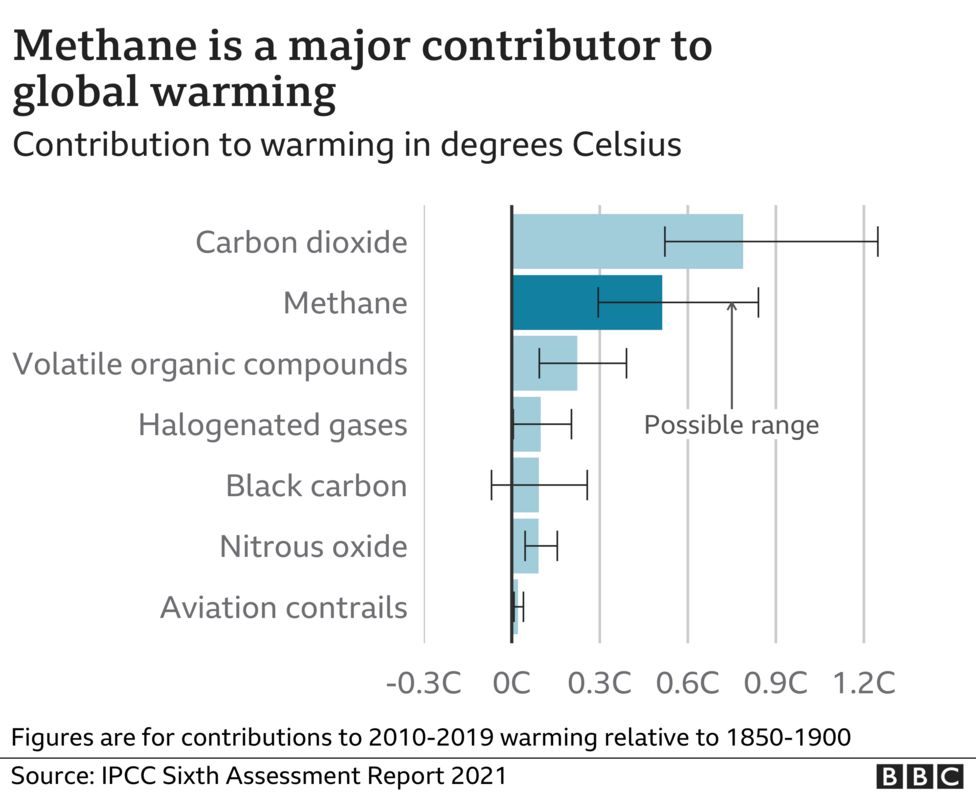Time is up for small business owners to submit their annual tax returns. The task seems daunting. But if you plan ahead and follow professional advice, it is easily DIY-able, just like painting an old deck.
If your business model is simple, determining sales is usually a no-brainer. You can calculate your business’ gross profit by following a simple formula. Take the total amount of incoming sales from your customers and subtract the direct costs. Easy, right? We’ll jump straight to the deductions you’ll be able to claim against this gross amount before arriving at your annual income tax. The remaining amount is referred to as ‘taxable income’.
These deductible items are usually categorised by accountants with headers such as office expenses, legal fees, advertising, etc. Our goal here is to make you aware of some categories that could easily be misunderstood.

Working from home
If you run your business from home, you are entitled to include all related expenses in your tax returns. It would be convenient if you have a dedicated room or area for this purpose. Thus, you could easily calculate the percentage of business expenses from a total that included private expenses as well. If not, make estimates, but keep a record of all expenses to claim.
You can claim a portion of the household expenses, such as the rates, insurance and power. You can also claim a portion of the mortgage interest and depreciation, if you own the house. The house itself can no longer be depreciated as of 1 April 2011. Depreciation recovery is necessary if you have claimed depreciation in the past. You might need to seek professional advice on this since this is more or less a professional area.
Capital items such as a computer, office furniture, or shelving used for business purposes in your home can be depreciated. You may claim the full amount instead of depreciation if you purchased them for less than $1,000.
Inland Revenue offers a square metre rate option for those looking for an easier solution. This rate is set each year based on the average cost of utilities per square metre of housing. Furthermore, you can claim mortgage interest, council rates, and rent.
Using your car
If you use your motor vehicles strictly for business, you can claim their full cost. These include fuel, insurance, maintenance, parking and so on. As with other capital assets, the purchase price will be depreciated.
The percentage for business use will need to be calculated if your vehicle is used for both business and private purposes. The Inland Revenue requires business owners to keep a logbook to calculate this proportion. If you choose not to, the maximum amount you can claim is 25%, and you may still be asked for verification.
Alternatively, you can claim vehicle expenses using the kilometre rate. IRD publishes and updates this rate annually on its website.
When a company owns a car that employees or shareholder-employees may use privately, the accounting can become a bit complex. As a result, the company must pay FBT and GST associated with the fringe benefit.
Travelling and entertainment
Business-related travel expenses, such as airfares, car rentals, hotels, meals, etc., can be fully claimed. To support your claims, keep all invoices and a trip diary documenting your business itinerary.
If the costs relate to both business and private expenses, you’ll need to apportion the costs between deductible and non-deductible amounts. Note that your trip to work from home is not deductible.
The expenses of certain entertainment, including meals, can be deducted entirely if they occur while traveling, at promotional events, or at conferences. In other cases, they are deductible 50%. The rules are more complicated for self-employed individuals, though. Meals are only deductible if they exceed what you would normally spend at home while traveling.




